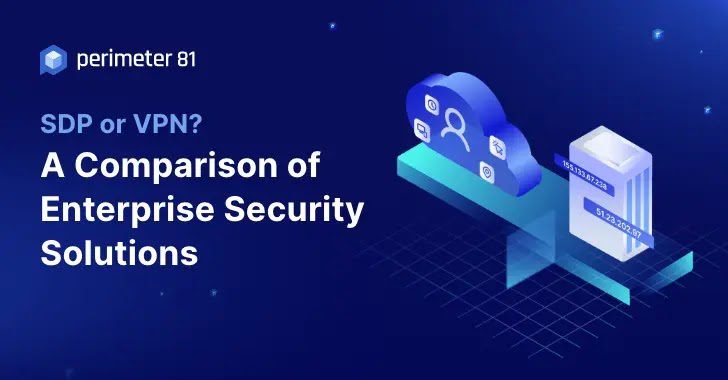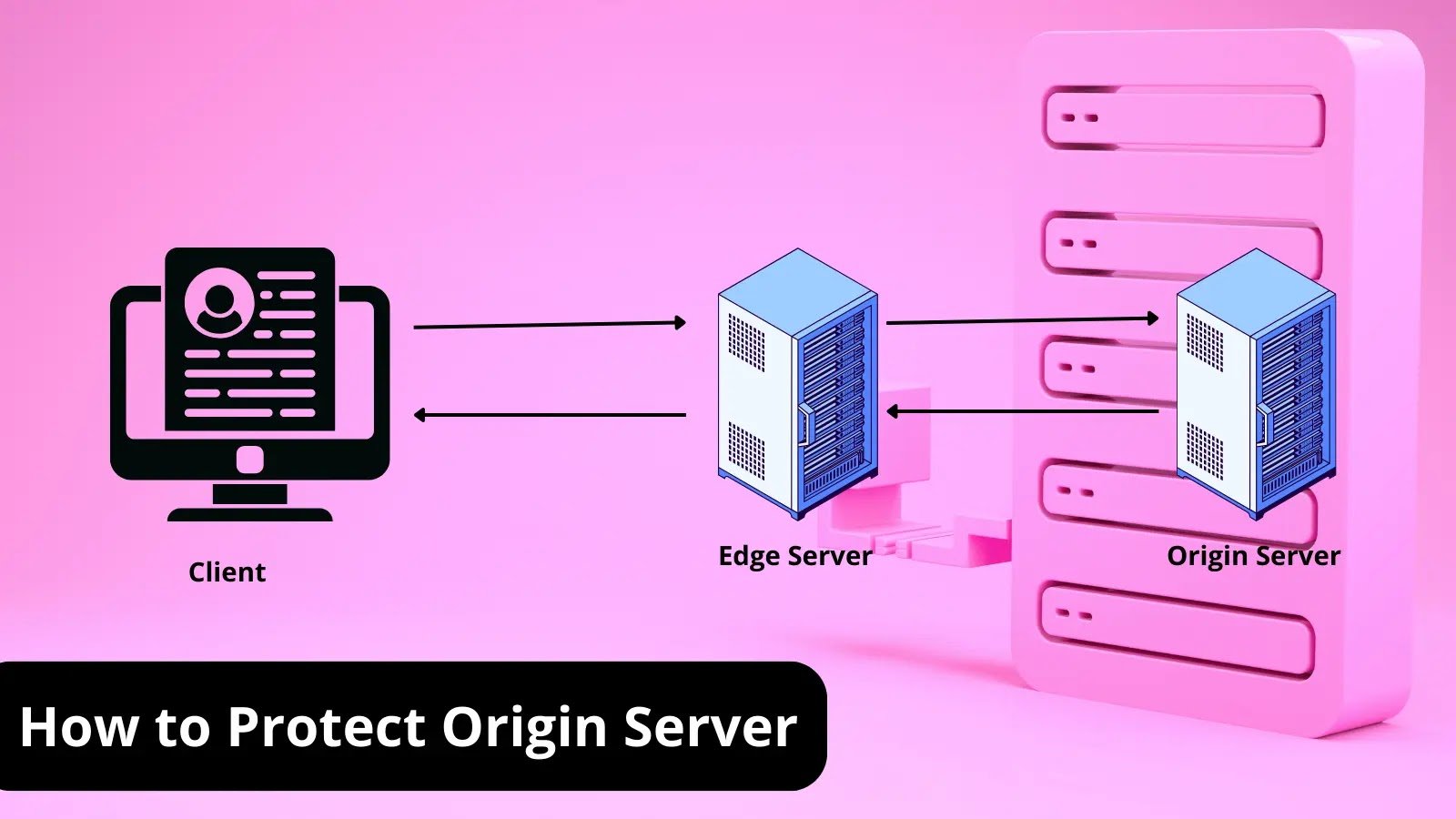Security service boundary in Cloud computing and what are the responsibilities of Cloud Service Provider and Cloud Customer?
In cloud computing, the security service boundary refers to the demarcation line that separates the responsibilities and security controls between the cloud service provider (CSP) and the cloud customer (you or your organization). It defines the areas of security for which the CSP is responsible and those for which the customer is responsible. The specific security service boundary can vary depending on the cloud deployment model being used: public, private, hybrid, or community cloud.
Here are the security responsibilities of each party.
Cloud Service Provider:
- Physical Security: The CSP is responsible for securing the physical infrastructure of the data centers, including access control, monitoring, and protection against physical threats.
- Network Security: The CSP provides network-level security measures to protect the cloud infrastructure from unauthorized access, such as firewalls, intrusion detection systems, and load balancers.
- Host Infrastructure Security: The underlying host infrastructure, including servers, storage, and hypervisors, is the responsibility of the CSP to secure and protect against vulnerabilities and attacks.
- Data Center Operations: The CSP manages and controls the overall operations of the data center, including power supply, cooling, and environmental controls.
- Patching and Updates: The CSP is responsible for applying security patches and updates to the underlying infrastructure and ensuring its ongoing maintenance.
Cloud Customer responsibilities:
- Application and Data Security: The customer is responsible for securing the applications and data deployed within the cloud environment. This includes implementing access controls, encryption, and secure coding practices.
- Identity and Access Management: The customer is responsible for managing user identities, access controls, and authentication mechanisms to ensure only authorized individuals can access their resources.
- Configuration Management: The customer is responsible for configuring and securing their virtual machines, containers, or other cloud resources according to their security requirements.
- Data Protection and Privacy: Safeguarding the confidentiality, integrity, and availability of data is the customer’s responsibility. They should implement appropriate encryption, backup, and data lifecycle management practices.
- Security Monitoring and Incident Response: The customer is responsible for monitoring their cloud environment for security incidents, promptly responding to any identified threats or breaches, and conducting appropriate incident response activities.
It’s important to note that the specific delineation of security responsibilities can be defined in the cloud service agreement or contract between the CSP and the customer. It is recommended to carefully review and understand the terms and responsibilities outlined in the agreement to ensure a clear understanding of the security service boundary.





